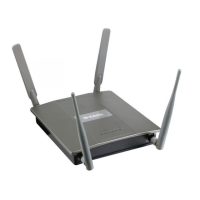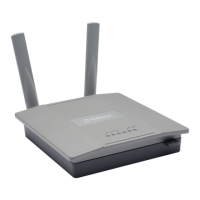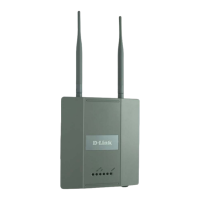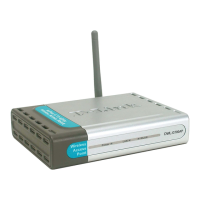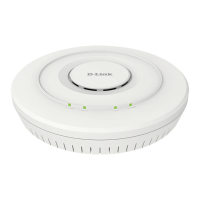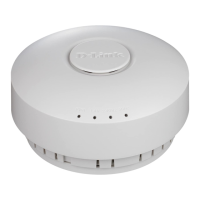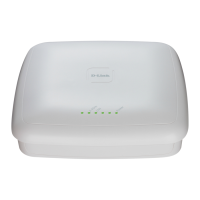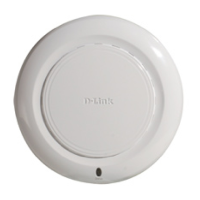Monitoring Status and Statistics
D-Link Unified Wired and Wireless Access System
Oct. 2015 Page 524
D-Link UWS User Manual
Viewing Detected Client Triangulation
The Detected Client Triangulation page lists up to three non-sentry and three sentry managed APs that have
detected the client. The signal strength reported by the APs can help triangulate the location of the client.
Since an AP can have one radio configured in sentry mode and another radio configured in non-sentry mode,
the same AP might appear in both lists. If the AP or the Client has not been detected by three APs, the list can
contain zero, one or two entries.
Figure 344: Detected Client Triangulation
Table 312 describes the fields on the Detected Client Triangulation page.
Command Buttons
The page includes the following button:
• Refresh—Updates the page with the latest information.
Table 312: Detected Client Triangulation
Field Description
Detected Client MAC
Address
MAC address of the client.
Sentry Identifies whether the radio that detected the client is in sentry or non-sentry mode.
• Non-Sentry: The radio that detected the client is not configured in sentry mode.
This means the radio can accept connections from wireless clients and send and
receive traffic
• Sentry: The radio that detected the client is configured in sentry mode. Networks
that deploy sentry APs or radios can detect devices on the network quicker and
perform more thorough security analysis.
MAC Address MAC Address of the managed AP that detected the client.
Radio Radio number to which the client is authenticated, which is either Radio 1 or Radio 2.
RSSI Received signal strength indicator in terms of percentage for the non-sentry AP. The
range is 0 – 100, where the maximum value is 100. A value of 0 indicates that the
client is not detected.
Signal Strength Received signal strength in dBm. The possible range is – 127 to 127. However,
realistically, this value is expected to range from – 95 to – 10.
Noise Level Noise reported on the channel by the non-sentry AP. The possible range is – 127 to
127.
Age Time since this AP detected the signal.
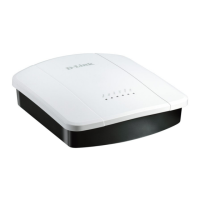
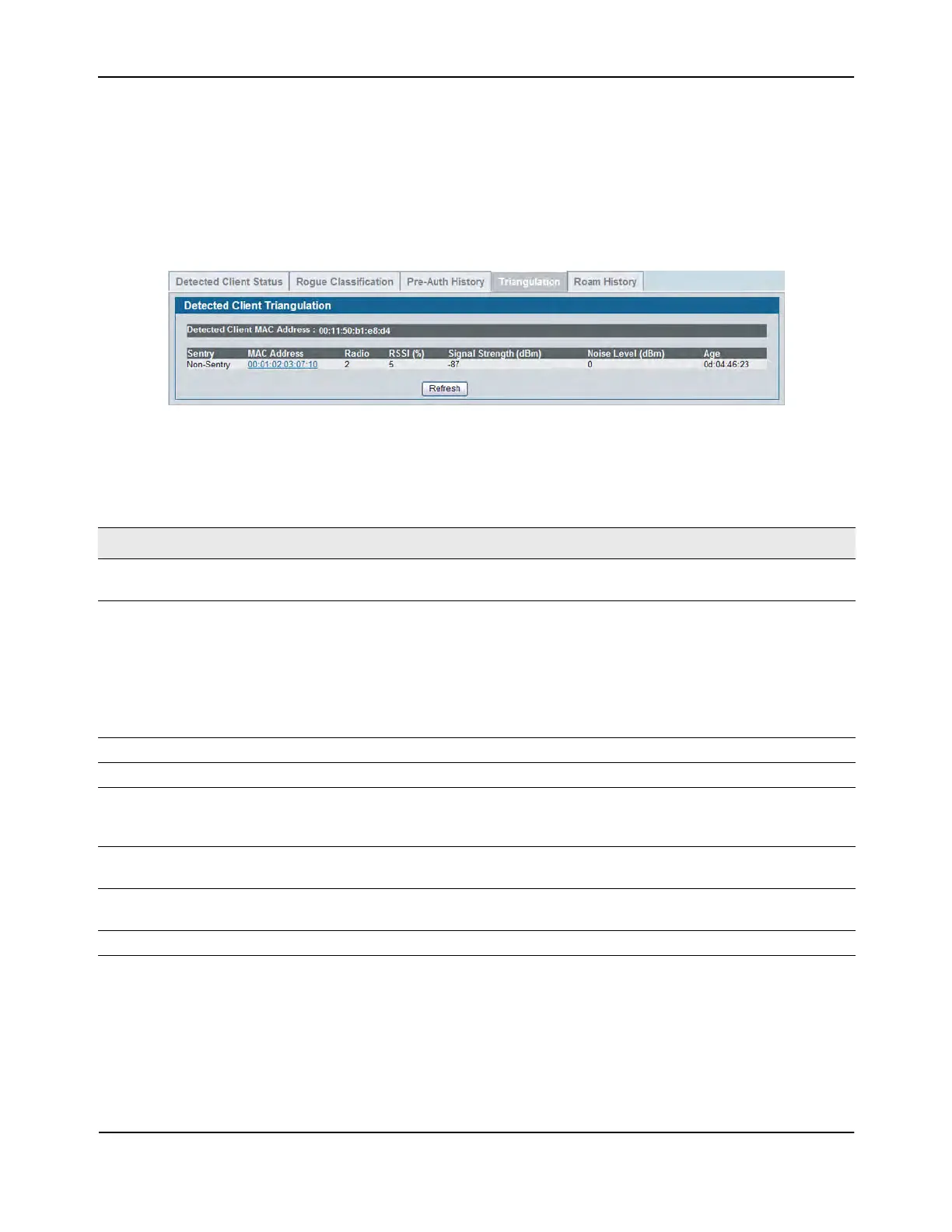